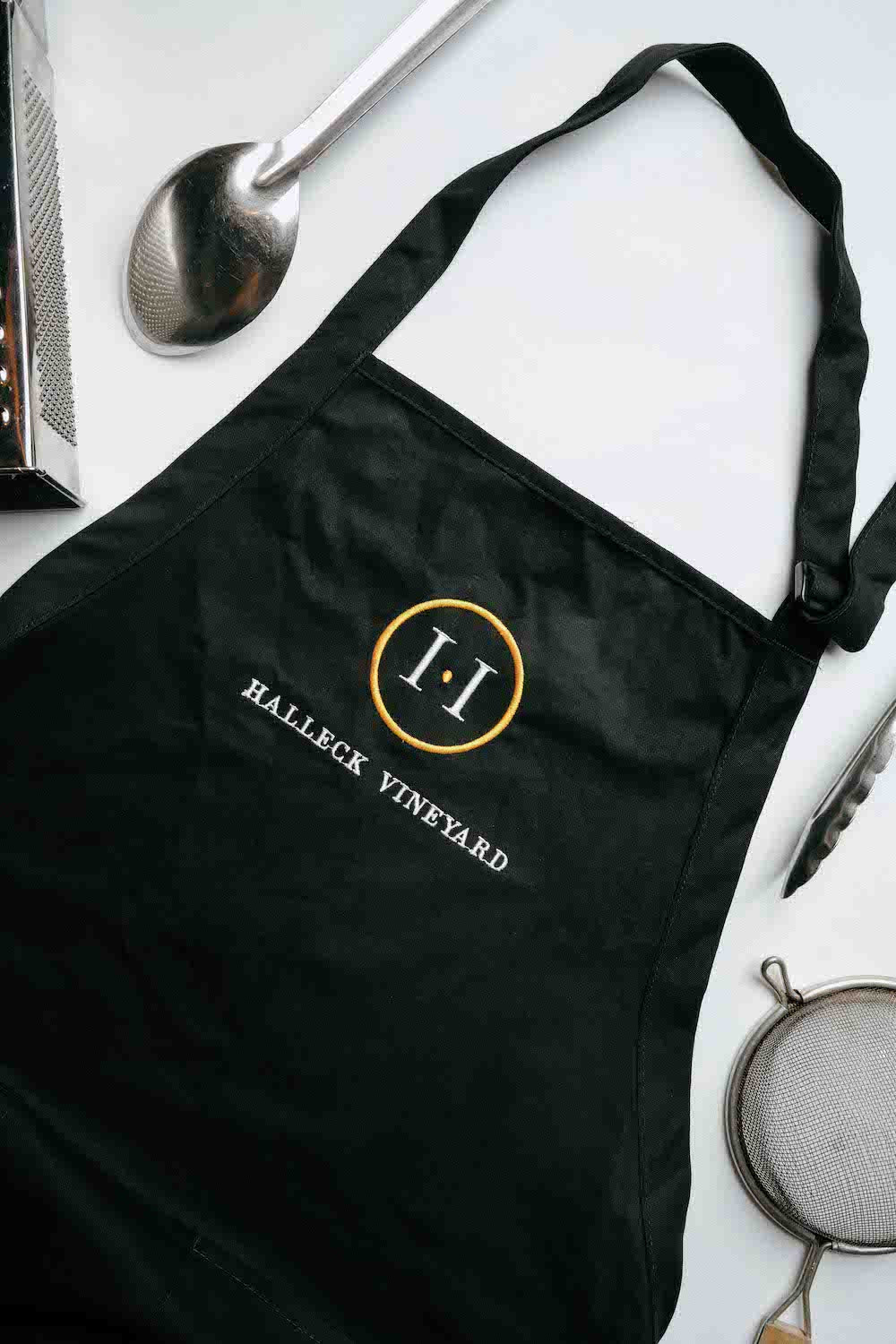Upcoming Wine Festivals In Sonoma County - Enjoying Wine In Sebastopol
Wineries That Welcome Walk Ins - Wine Tasting And Vineyard Tours In Sonoma
Wine tasting is an art that mixes sensory experience with an appreciation for the nuances of various varietals. How to judge flavors in winery wine tasting sessions is pivotal to greedy the complexities of wine.
Participating in a wine tasting involves more than simply sipping and savoring. It requires a centered method to establish aromas and flavors that every wine presents. As you begin, observe the wine's appearance, noting its color and readability. These visible cues usually recommend a wine’s age, grape selection, and even potential flavor profiles.
The subsequent step in the tasting process is to swirl the wine in your glass. This motion releases aromatic compounds that are important for analysis. Lean in and take a second to inhale deeply; the aromas can vary from floral and fruity to spicy and earthy. The nostril of the wine is simply as essential as the palate, and recognizing scents plays a significant function in understanding the general experience.
When taking your first sip, allow the wine to move throughout your palate - Sonoma's Top Sparkling Wine Producers. Notice the preliminary flavors that current themselves. Is the wine fruity, floral, or maybe herbaceous? This initial taste offers perception into what the wine is likely to specific as you proceed to gauge it. The mouthfeel also contributes to the general flavor experience; it could be silky, tannic, or even effervescent.
Wineries Showcasing Local Art And Crafts - Exploring The Vineyards In Sonoma County
As you proceed tasting, pay attention to the wine’s steadiness. A well-balanced wine will harmonize acidity, sweetness, and tannins. If one component overwhelms the others, it would point out a less fascinating quality. Evaluating steadiness may help you identify how properly the wine may pair with food.
Transitioning to the finish, think about how the flavors evolve as the wine lingers on your palate. A lengthy, nice finish can indicate a high-quality wine, while a short or abrupt finish may suggest otherwise. Reflect on whether the flavors remain consistent or if new notes emerge because the wine settles. This progression can reveal complexities and intricacies that might not have been obvious within the initial tasting.
Temperature is also a vital consider evaluating wine flavors. Completely Different forms of wine are optimally loved at specific temperatures. White wines typically shine when chilled, while pink wines usually perform best at room temperature. When tasting, ensure the wine is at the appropriate temperature to completely appreciate its character.
Wineries With Unique Wine Blends - Scenic Wineries Of Sebastopol
Pairing food with wine can significantly improve the tasting experience. Meals can affect the notion of flavors in wine, both highlighting certain characteristics or diminishing them. When evaluating flavors, consider how the wine interacts with different foods, noticing which flavors are amplified or muted (Wineries With Unique Wine Blends).

Contemplate the influence of terroir as you have interaction in a winery tasting. Terroir encompasses the unique environmental factors that have an effect on grape growing, including soil composition, climate, and geography. Understanding a wine's terroir can present perception into its flavors and aromas, fostering a deeper appreciation for the choices made throughout its cultivation and production.
Training plays a basic position in enhancing one's capacity to gauge wine flavors. Studying about grape varieties, wine regions, and production strategies can pave the method in which for extra informed judgments throughout tastings. Additionally, attending workshops or classes can refine sensory skills and increase your flavor vocabulary, enabling you to articulate tasting notes extra effectively.
Finally, it is important to do not overlook that evaluating wine flavors is a extremely personal experience. Particular Person preferences and perceptions will invariably shape one’s tasting journey. Enjoyment should be on the forefront, with the evaluation process appearing as a device to reinforce understanding and appreciation quite than create inflexible tips.
Exclusive Wine Clubs In Sonoma - Sonoma Wineries With Vineyard Views
In conclusion, mastering how to evaluate flavors in winery wine tasting periods entails a combination of sensory engagement, knowledge, and practice. By learning to determine aromas, assess the steadiness, and recognize the intricacies of flavor, wine enthusiasts can deepen their connection to every bottle they encounter. As with any art kind, the extra one immerses themselves in the experience, the more they will discover and enjoy the vast world of wine.
- Begin by observing the wine's colour and clarity, as these visual elements can hint at its flavor profile and aging potential.
- Swirl the wine gently in your glass; this releases aromatic compounds, permitting you to better identify the complex scents associated with the wine.
- Take a deep inhale before tasting, focusing on both primary and secondary aromas to gather insights on fruits, spices, and other nuances.
- When tasting, allow the wine to coat your palate; note the preliminary flavors, the mid-palate complexity, and the end as these levels can provide different flavor highlights.
- Pay attention to texture and mouthfeel, as aspects such as tannin levels, acidity, and sweetness contribute considerably to the general tasting experience.
- Evaluate flavors in opposition to normal wine traits; for purple wines, think about berry notes, oak influence, and herbal tones, whereas whites could embrace citrus, stone fruits, and floral hints.
- Take notes through the tasting session to track your impressions, helping you to remember and consider the completely different wines sampled.
- Talk About your findings with fellow tasters or winery employees, as sharing insights can enhance understanding and appreciation of individual flavors.
- Enable time for the wine to breathe; generally, flavors evolve and reveal new dimensions after being exposed to air.
- Experiment with food pairings during the tasting as they can dramatically alter how flavors are perceived, influencing total enjoyment.undefinedWhat ought to I look for when evaluating the aroma of wine during a tasting?
Begin by swirling the wine in your glass to release its aromas. Convey the glass to your nose and take a deep breath. Pay consideration to the primary scents you detect, as these are often probably the most distinguished. Look for fruit, floral, herbal, or earthy notes and try to establish particular characteristics, which can deepen your understanding of the wine's complexity.
Wineries Near Santa Rosa - Sonoma County Wine Tasting Locations

How can I distinguish between different flavor profiles in wine?
Perceive that flavor profiles are often categorized as fruit, floral, herbaceous, spicy, or mineral. Take small sips and permit the wine to coat your palate. Notice the primary flavors that emerge first and the delicate notes that follow. This layering is important in distinguishing the wine's characteristics and can help you recognize its unique profile.
Unique Wine And Food Pairings In Sonoma - Sebastopol Wine Experiences
What is the significance of the wine's texture in a tasting?

The texture of the wine, also referred to as mouthfeel, plays a vital role in how we understand flavors. Pay consideration to whether the wine feels clean, creamy, or gritty. The physique of the wine (light, medium, or full) can enhance or distinction with flavors, offering a more rounded experience throughout tasting.
How do I assess the steadiness of flavors in wine?
Balance in wine refers again to the concord between acidity, sweetness, tannin, and alcohol. Take a moment to assess whether or not these components complement or interfere with one another. A well-balanced wine could have none of its components overpowering the others, creating a pleasant tasting experience.
Wineries In Sebastopol - Sonoma's Finest Wineries
What function does temperature play in evaluating wine flavors?
Temperature can significantly impression the perception of flavors. Usually, red view publisher site wines are greatest served barely under room temperature, whereas white wines benefit from being chilled. As the temperature modifications, the aromas and flavors can shift, allowing you to perceive completely different characteristics. It’s important to style wine at its optimal temperature for true analysis.
Charming Wineries With Views In Sonoma Valley - Enjoying The Best Wineries In Sebastopol
How can I improve my tasting skills over time?
Practice is essential to improving your tasting skills. Wineries In Sebastopol. Attend tastings, hold a journal of your experiences, and explore various sorts of wines to broaden your palate. Moreover, studying about wine production and grape varieties can present context that enhances your analysis process, making you a more knowledgeable taster.
Is there a particular order in which I should style the wines?
Affordable Wine Tastings In Sonoma County - Sebastopol Wine Country
Sure, it’s advisable to taste wines from light to full-bodied and dry to sweet. This development prevents the stronger flavors from overshadowing the extra delicate ones, permitting you to fully respect every wine's traits and nuances with out palate fatigue.
How can I consider the aftertaste of wine?
Charming Wineries Offering Wine And Food Pairings - Enjoying Wine Tastings And Vineyards Near Sebastopol
The aftertaste, or end, is a vital facet of the wine-tasting experience. After swallowing, pay attention to how long the flavors linger on your palate and whether they change. A lengthy, nice end is usually an indicator of a high-quality wine, while a short or disagreeable end might recommend otherwise.
Why is it important to notice the wine’s acidity throughout tasting?
Acidity contributes to the general freshness and structure of the wine. Pay attention to the tingling sensation in your tongue; greater acidity can enhance the wine's liveliness and balance out sweetness. Noting acidity helps decide the wine's versatility with food and its getting older potential.
What ought to I do if I struggle to identify particular flavors in wine?
Wineries With Scenic Views - Sebastopol Wine Country Vineyards Adventure
Struggling to determine flavors is widespread, especially for newbies. more tips here Focus on broader categories and describe what you'll have the ability to recognize, such as sweet or earthy notes. With practice, reading about completely different flavor profiles, and maybe utilizing flavor wheels, you will refine your senses and develop a more nuanced strategy to tasting.